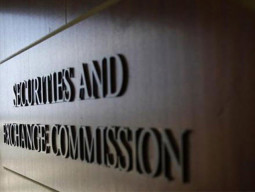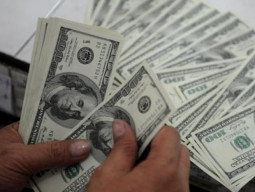
The improved perception is reinforced by the recent announcement from various international airlines to resume operations to Pakistan after a decade.
As the trend is getting traction, tourism development authorities organised the Pakistan Tourism Summit in Islamabad, where foreign social media influencers were called to share their experience as they travelled through various places in Pakistan.
Although the summit was a good initiative, it would be more inclusive to also invite and promote local talent as their role to attract Pakistani travellers, especially the non-resident Pakistanis, cannot be underestimated. It does not make much sense to call foreigners to visit Pakistan when the well-to-do resident or non-resident Pakistani tourists find it more accessible to explore foreign destinations.
Conversely, why would a local tourist spend fortune to travel to Swiss Alps to do skiing when he knows how to do it cheaply and conveniently in Malam Jabba. Not that the security situation has improved on the ground, the lack of infrastructure is indeed the elephant in the room.
While there is no question that many places in Pakistan, especially in northern areas, are heaven on earth, but if a tourist has to go through the hell to reach those places, then it is something that cannot be masked out merely by a simple social media campaign.
Addressing the core issue and facilitating tourists in a more comprehensive way is the key to developing tourism on a sustainable basis. While it is not fair to believe that the country, which had been suffering for decades from the menace of terrorism, will turn around in a few months to become a tourist paradise.
However, authorities should not shy away from taking a look at some innovative business models to promote tourism. One model worth looking at is to create Tourism Development Zones (TDZs) in much of the same way we are developing the Special Economic Zones along the China-Pakistan Economic Corridor (CPEC) route.
The creation of TDZs will solve most if not all the problems highlighted by various tourists, especially the foreigners, which include inaccessibility, lack of infrastructure and most importantly travel restrictions. The TDZs can be developed and rolled out in two phases.
In the first phase, services from some globally renowned tourism and travel development consultants can be acquired to identify the zones by themes or geographical features. Once these TDZs are identified, then the next phase will be to pitch those zones to local and foreign investors to further develop and promote them.
International tourism and hotel chains can be incentivised to provide a world-class experience to tourists in those TDZs. These zones can be made accessible by air through nearby international airports so as to provide a convenient and secure option, especially to foreign tourists. Those connecting airports should be able to provide all the facilities. These TDZs can also offer bespoke and boutique services including medical or religious tourism to the select group of tourists.
If indeed, the creation of new jobs and alleviating poverty is on top of the agenda of this government, then the development of these TDZs will provide the right impetus to achieve those objectives. Though seeding a positive perception in the mind of global tourism community is critical to attract enthusiastic backpackers to Pakistan, keeping them satisfied and make them yearning to come back again and again need some serious efforts.
THE WRITER IS A FINANCIAL MARKET ENTHUSIAST AND ATTACHED TO PAKISTAN STOCK, COMMODITY AND DEBT MARKETS






1726054615-0/OpenAI-(2)1726054615-0-270x192.webp)











COMMENTS
Comments are moderated and generally will be posted if they are on-topic and not abusive.
For more information, please see our Comments FAQ